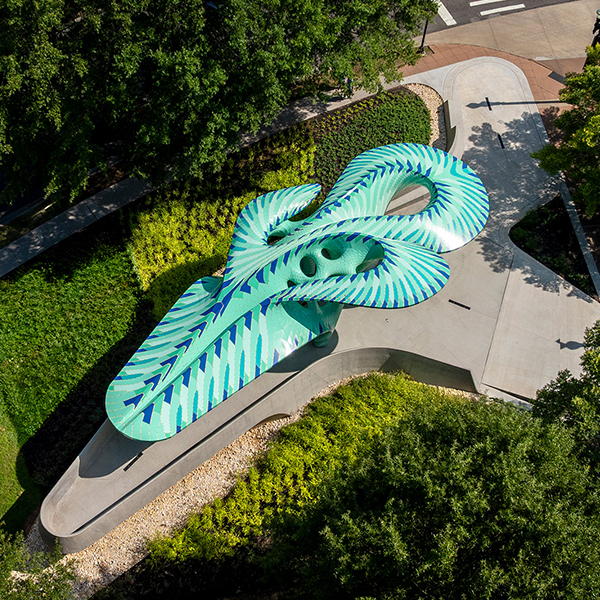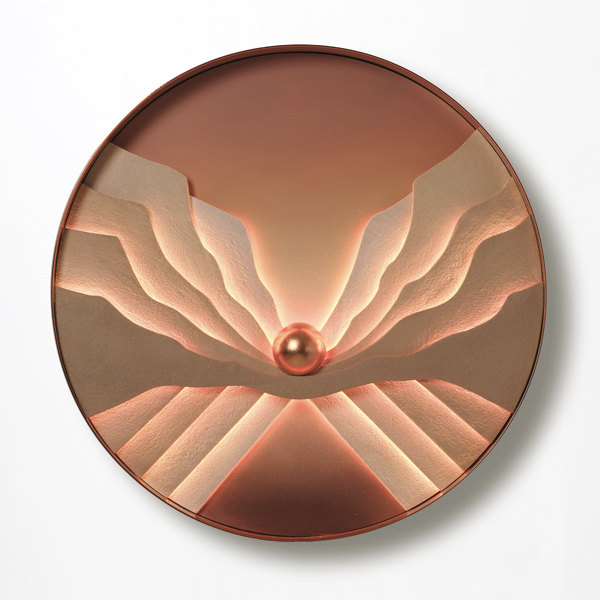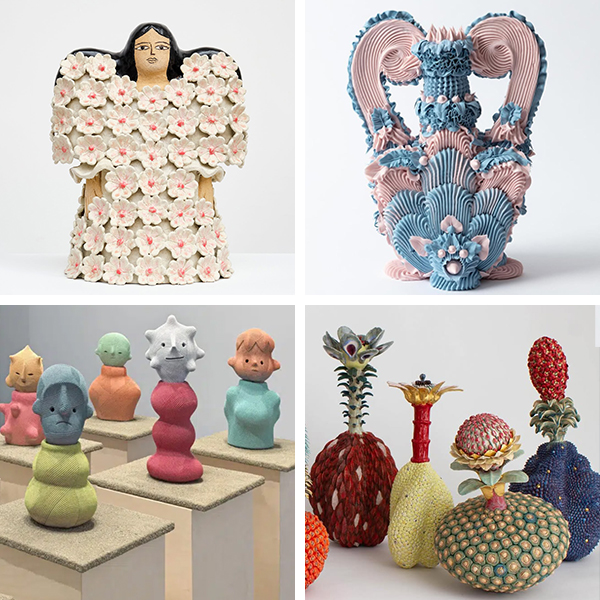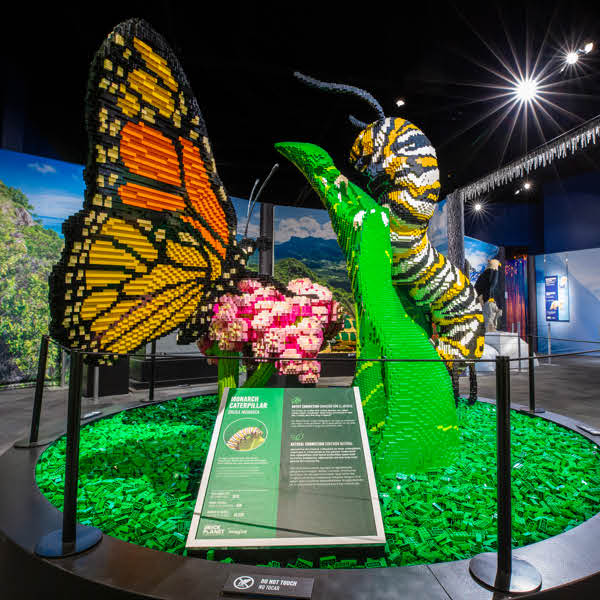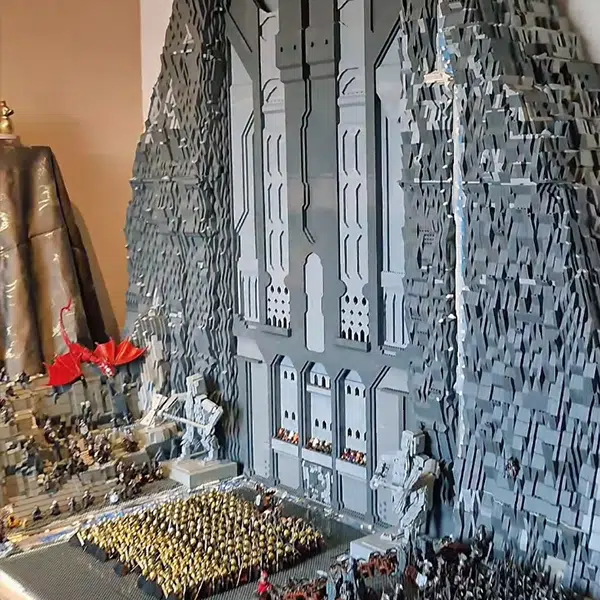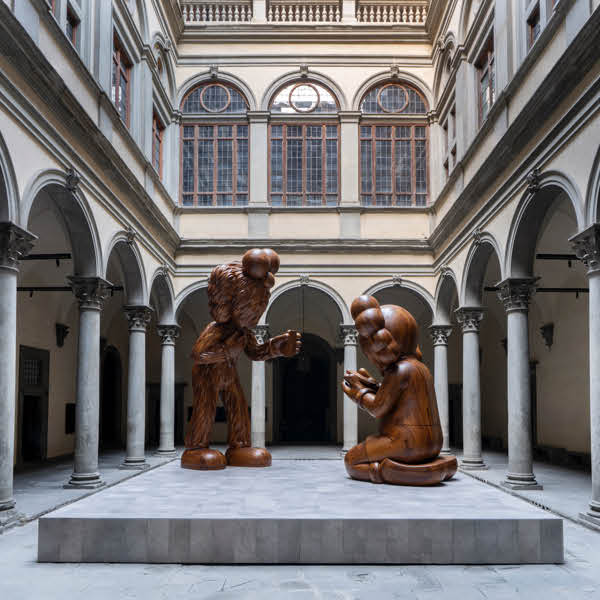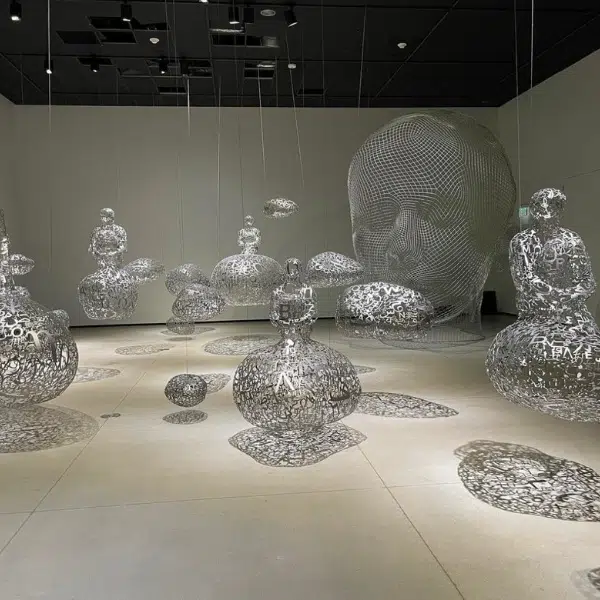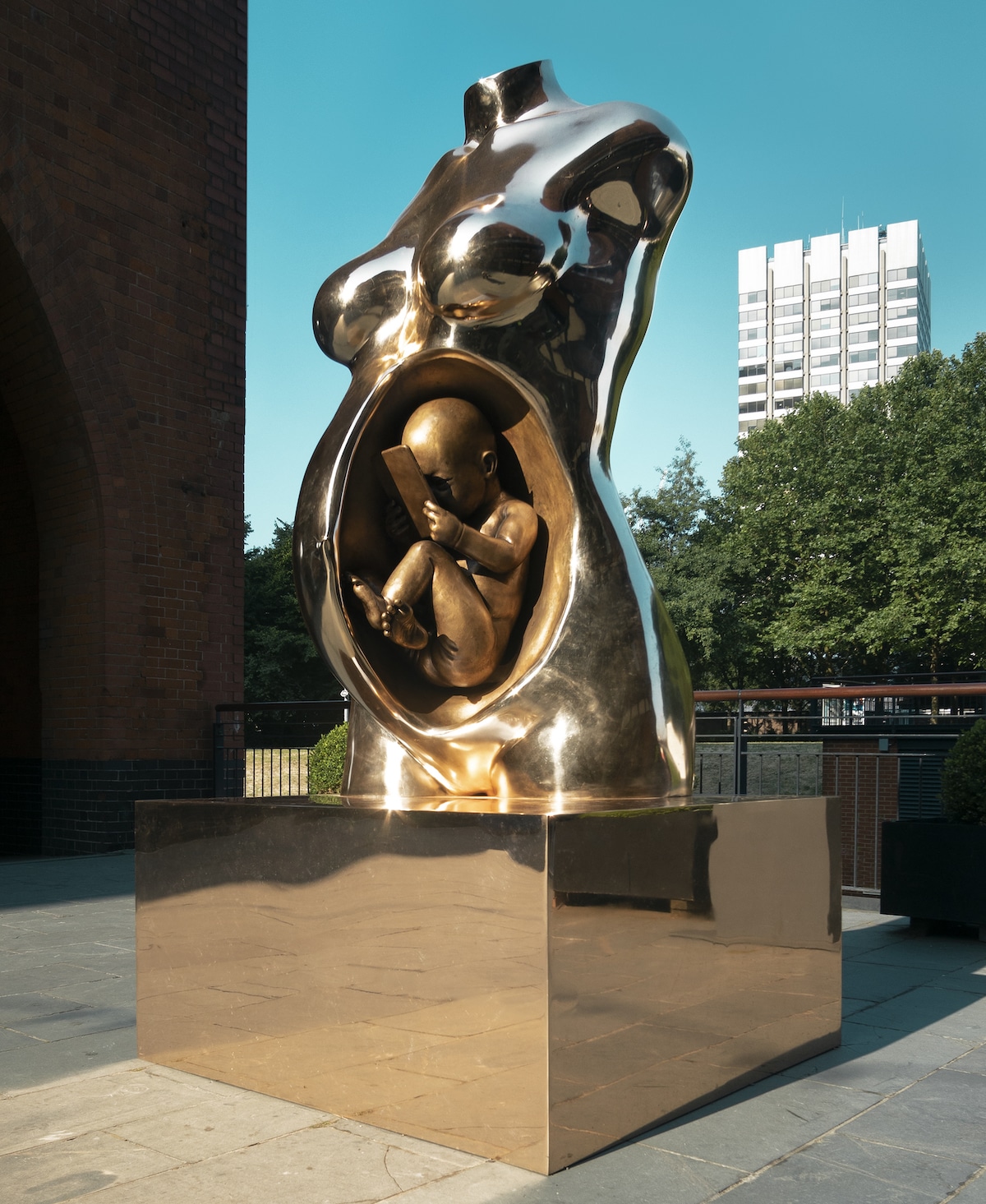
“Crypto Connection,” bronze, 2018.
Italian sculptor Federico Clapis had a unique method for entering the contemporary art world. For years prior to working as a full-time artist, he was a content creator shooting viral videos on YouTube. Then, in 2015, he stepped away from his role as an influencer and began using his channels as a way to communicate his real passion—sculpture. It should also come as no surprise that technology plays a central role in his art.
At first glance, his resin and bronze sculptures have a deceptively classical feel. But when one looks closer, these depictions of maternity give way to much more than what meets the eye. In The Connection, we see the inside of a woman's womb filled with her growing child; however, this “connection” isn't quite what one may think. While mother and child are physically connected, we see the fetus immersed in a smartphone, already one step ahead in connecting with the outside world.
Another sculpture depicts a drone taking the place of a stork, ready to drop a baby at its new home. In Addolorato Concezione, which translates to “Painful Conception,” a woman wears a pair of virtual reality glasses while cradling a baby that isn't actually in her arms. This absence of a child creates a powerful commentary on longing for a family. The injection of virtual reality can be viewed as a metaphor for the lengths people will go to make that dream a reality.
Given Clapis' background in internet culture, it's only natural that pieces of technology leak into his artwork. For him, tech and social media are such integral parts of his generation that it's impossible for him to judge it objectively. Instead, it becomes a vehicle for him to explore universal themes of love, loss, and the complexities of human relationships. And, in the end, it's also a way for Clapis to connect with his followers.
“What I try to do every day is to invite people to comment on my work,” Clapis tells My Modern Met. “Not because I’m trying to emulate my old lifestyle as a YouTuber, but because every artwork can be an instrument for self-analysis. And every comment—consciously or unconsciously—is an act of self-exploration in its romance or suffering.”
Sculptor Federico Clapis left a successful path as a YouTuber behind to pursue a career as a full-time artist.
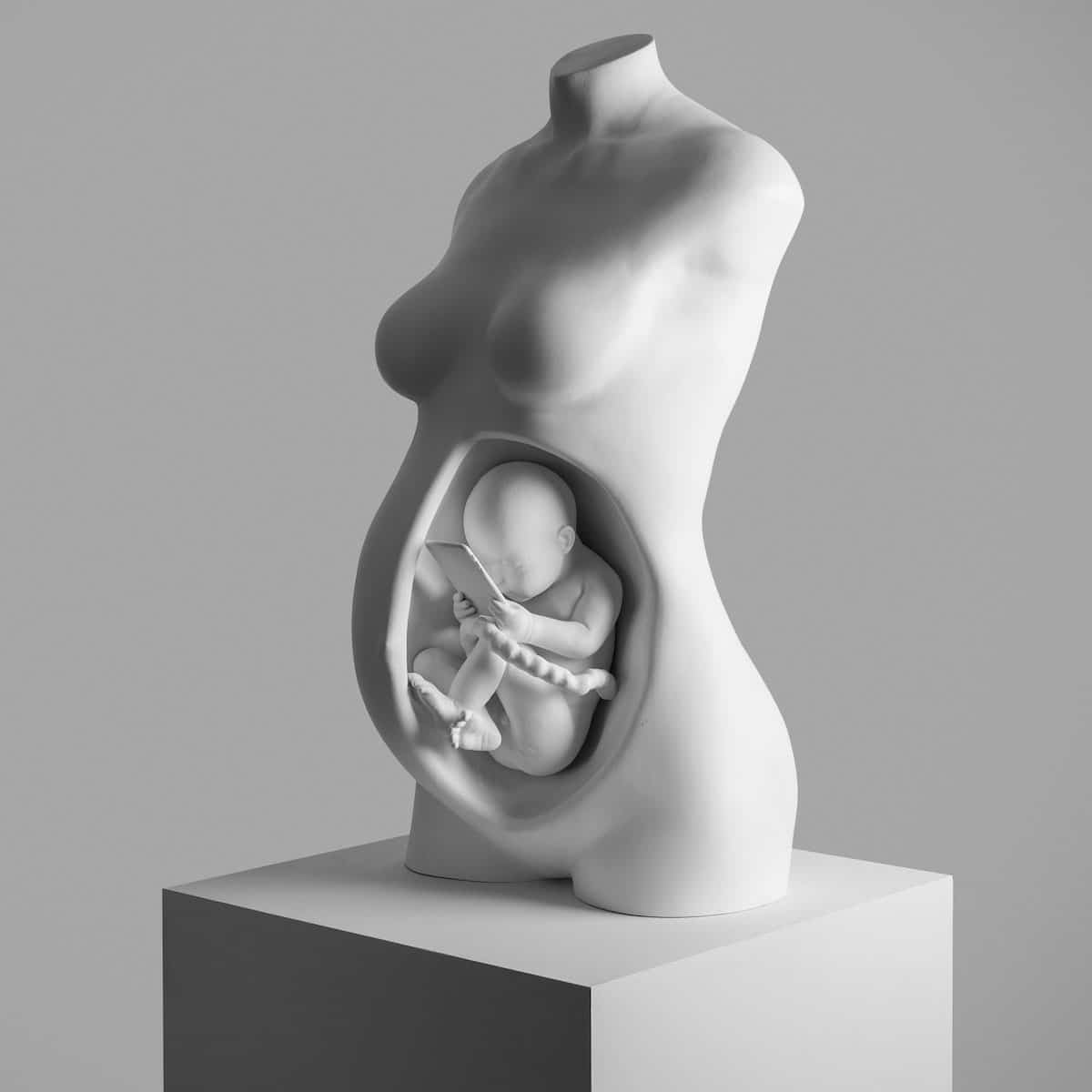
“The Connection,” resin, 2017.
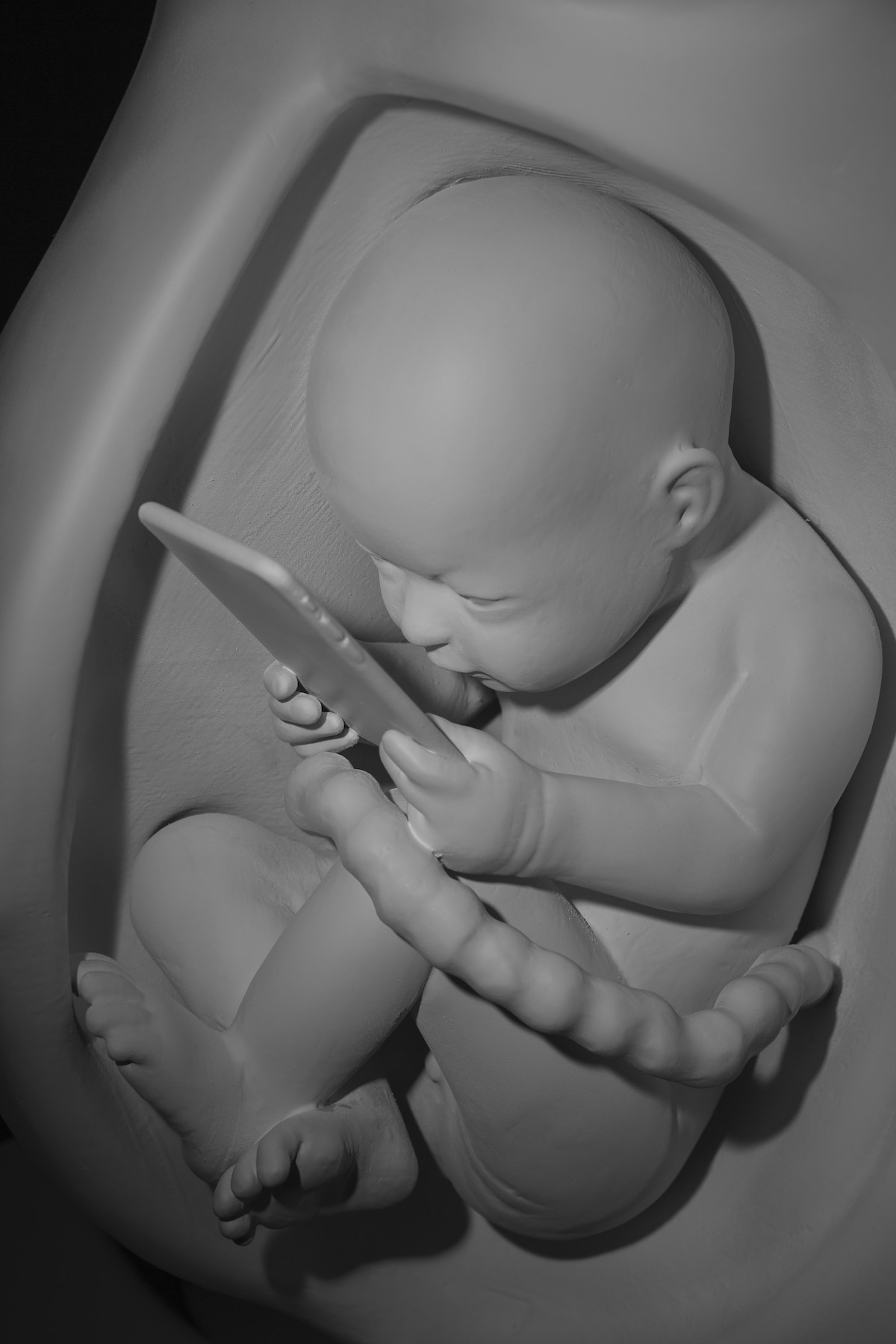
“The Connection,” detail.
His work comments on technology as a way to explore timeless, universal human emotions.
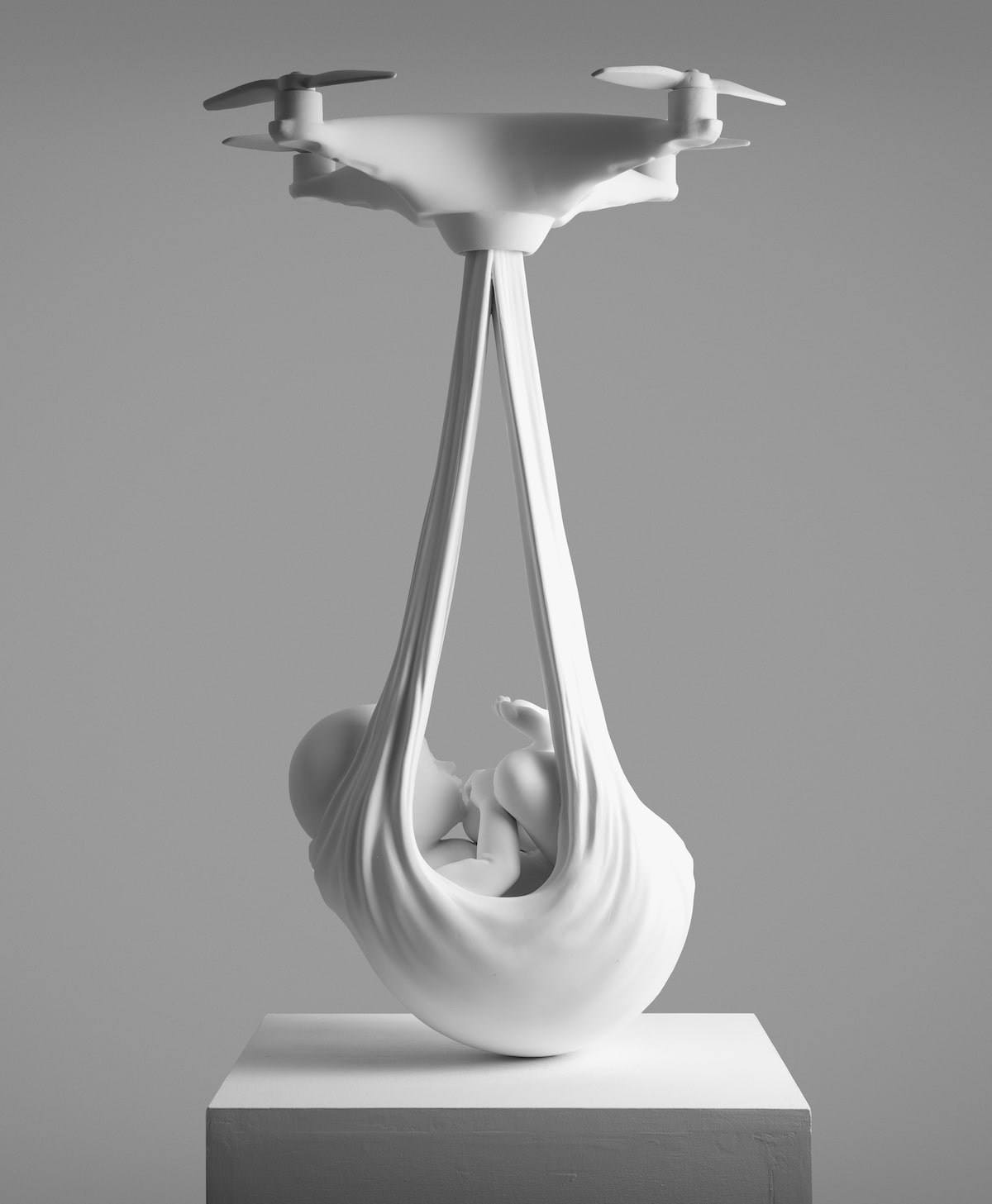
“Babydrone,” resin, 2018.
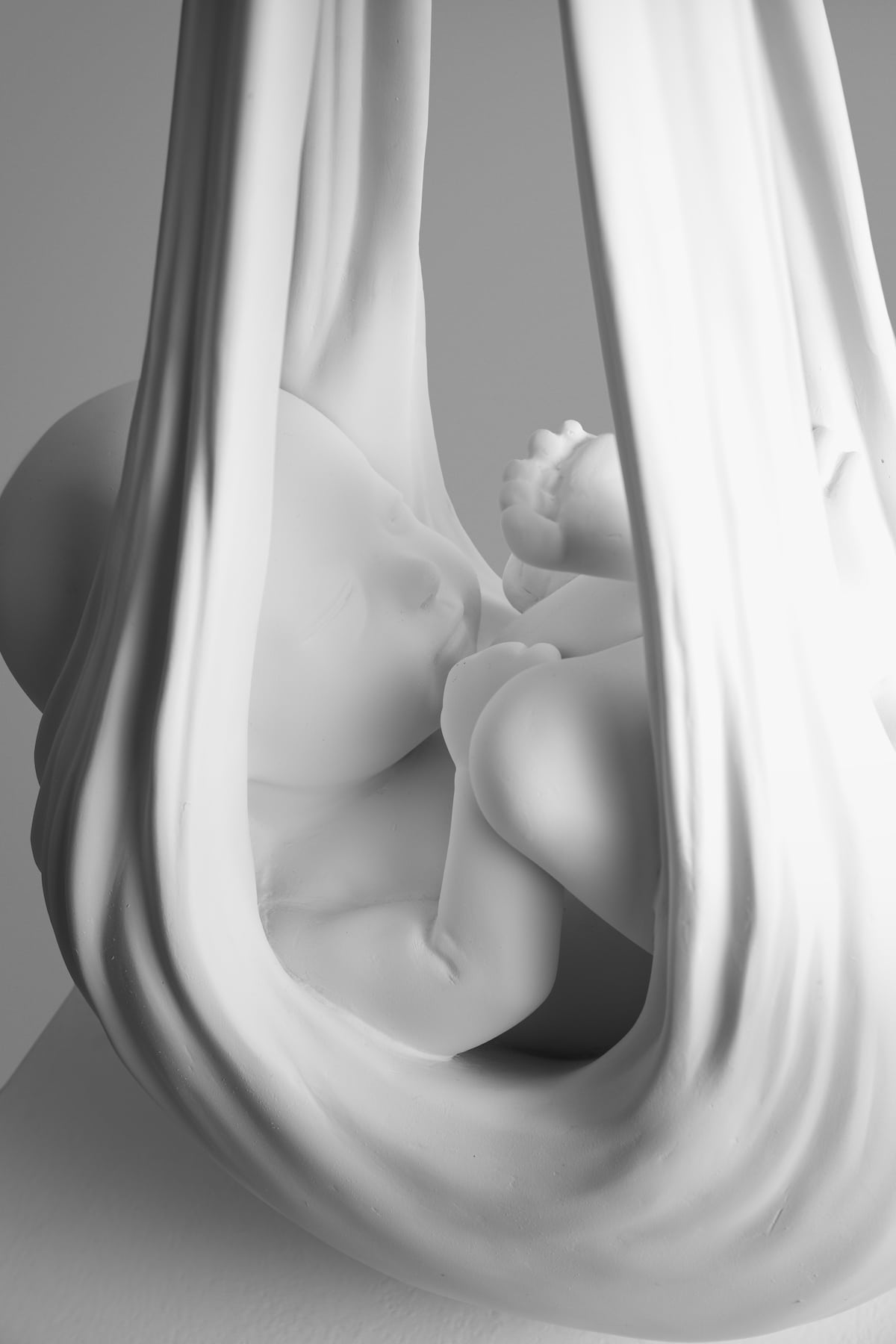
“Babydrone,” detail.

“Addolorata Concezione,” resin, 2018.











































































